2025 – CHW (images to follow)
2024 – CHW
Newly planted things in the Rookery.
Quercus pinnativenulosa planted very recently in the Rookery. Attractive red new growth.
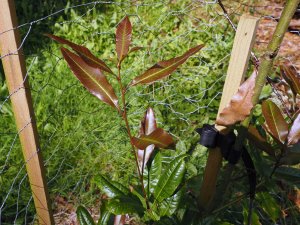
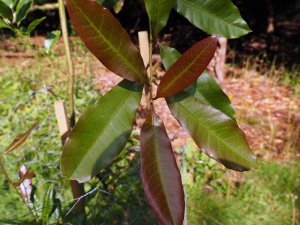
Too much for a single diary entry day I have extended the Osborne House visit to a third day.We have finally arrived at the annual planting at the front of the house.Agave and Yucca set the scene.
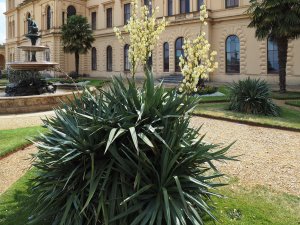
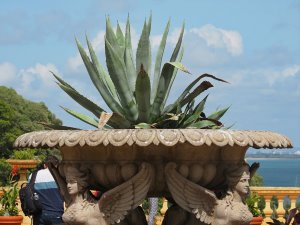
2022 – CHW
The hottest day of the year in the UK if you believe the weather forecasters. 40oC in the Home Counties and another of the dreaded Met Office ‘Red Warnings’ which they so love post COVID. Storm Eunice in January a non event red warning then. Cornwall is only an amber warning as yet but there is a strong offshore breeze and its not yet stifling?
Romneya coulteri and Hemerocallis ‘Stella d’Oro’.
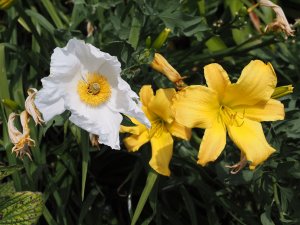
2021 – CHW
Aristolochia sempervirens has its first few flowers three years from planting out. Most peculiar they are too. I have seen species of Aristolochia with better and larger flowers than this.
The flower buds on what we know is not Michaelia compressa have not advanced much in a month so we remain none the wiser as yet.
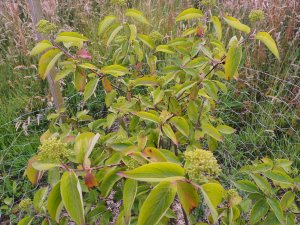
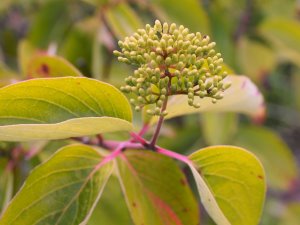
A final trip to Ventnor Botanic’s where, as usual, I find several new things.One only ever looks at teasels when the flowers and stems are all dead beside motorways and the goldfinches come to enjoy the seeds. This is Dispacus fullonum which is a prickly biennial teasel with a very attractive flower.
A visit to an Honnor & Jeffrey garden centre at Dalverton. There are in fact three garden centres only a mile or so apart near Arreton.Passiflora caerulea ‘Snow Queen’ rather better than the more common Passiflora ‘Constance Elliot’.
Another trip to the greenhouses to see what is new there.Schefflera rhododendrifolia – this plant is now ready for planting out. A Crug collection from Taiwan which looks a bit different to the young plants in the nursery but matches up with the Hillier’s description. Attractive new growth and scales on the stem but not as distinct from other species as I had hoped from the young plants. Seems a bit like Schefflera taiwaniana. This is the only main species of schefflera not yet or already out in the garden and growing on nicely.
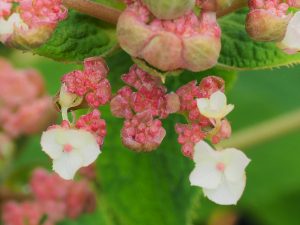
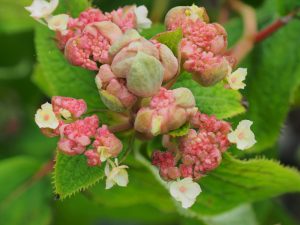
The newer planted hydrangeas above the Green Gate are really starting to make a proper show.Hydrangea ‘Hobella’ is just out with a nice hint of pink in this semi shaded spot.
Eucryphia milliganii full out with its dainty small white cup flowers. It looks dwarfish but achieved 20 feet at Burncoose in as many years.
1975 – FJW
1st part of Delia’s Grand Design [tapestry] unveiled 5’11” x 3’1” – day space men shook hands.
1934 – JCW
Fuschias goodish. Romneya never so good. Mag delavayi very full of bud. M parviflora had 1900 pods taken off by Charles. He also took 1700 off another plant.
1933 – JCW
As in 1932
1932 – JCW
M delavayi, M parviflora, M nicholsoniana and M hypoleuca are showing bloom. Fuchsia are coming on well but ought to be much bigger to do their best. Eriogynum is very good. L giganteum is very nice indeed and so the galax.
1930 – JCW
Mag delavayi is good, some Parviflora flowers left. Styrax Langlongense is good. Plagianthus good. Romneya and American Pillars good. Lonicera macrophylla has been remarkable.
1927 – JCW
The Romneya is very good and the [rose] American Pillars. Plagianthus lyalii is nice. We still have blooms of Griersonianum. Eriogynum is over.
1916 -JCW
Plagianthus and Buddleia are starting, also the Romneya and Lonicera macrophylla is very good indeed.
1915 – JCW
About a week later for the buddleia. Plagianthus lyalii is the best shrub now.
1912 – JCW
Both buddleias are open and quite nice.
1909 – JCW
Returned from Scotland, R brunonis very fine. Mitraria nice. No cyclamen. No buddleia’s. R decorum flower buds not moving yet. R cinnabarinum good and shaping.
1897 – JCW
Anemone japonica open.




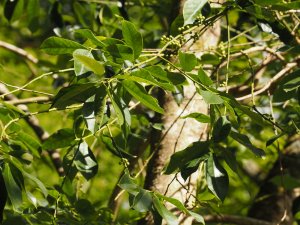
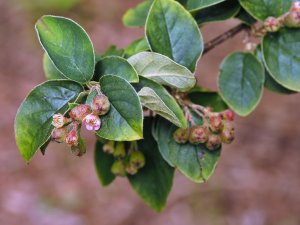
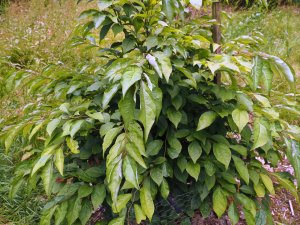
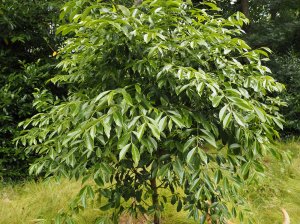
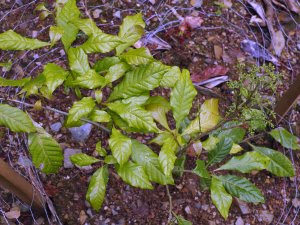
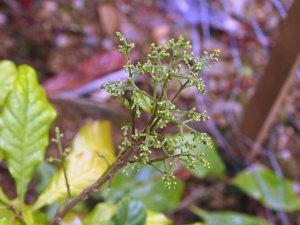

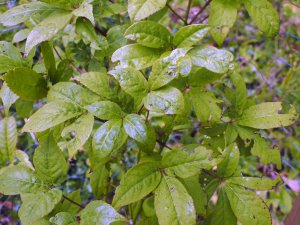
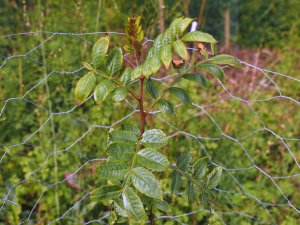
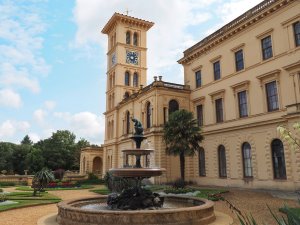
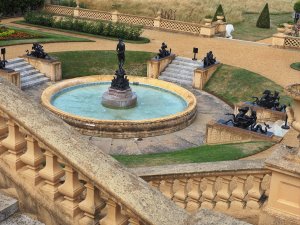
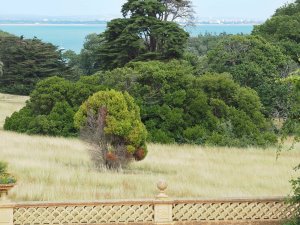
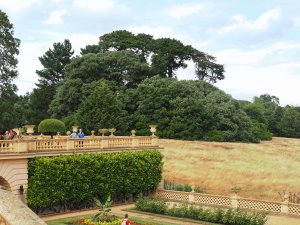
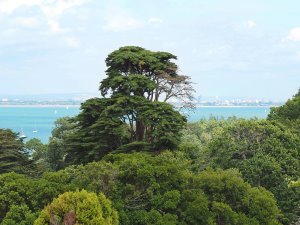
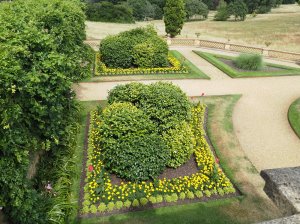
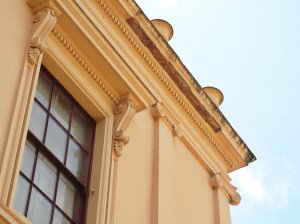
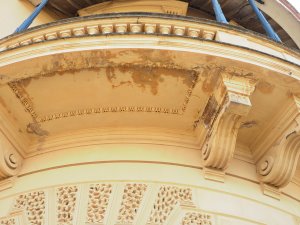
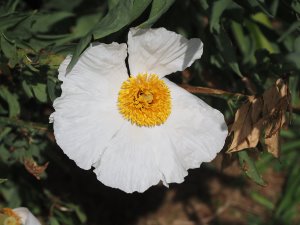
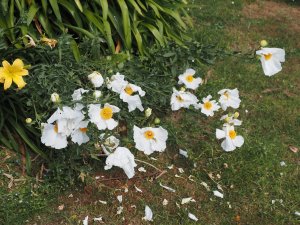
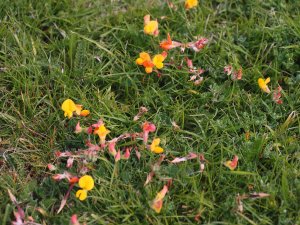
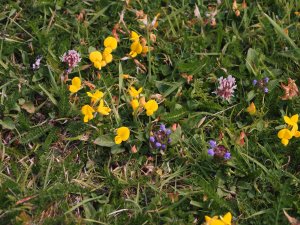
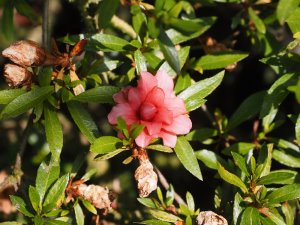
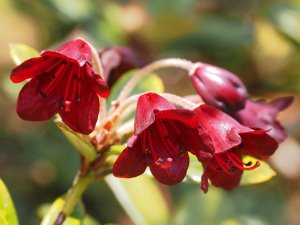
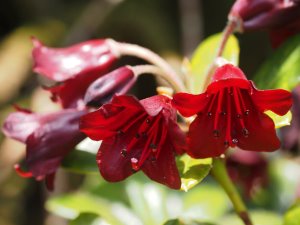
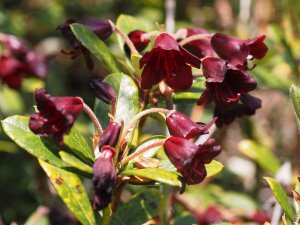
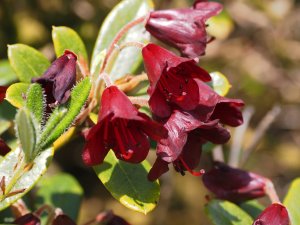
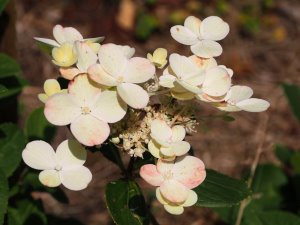
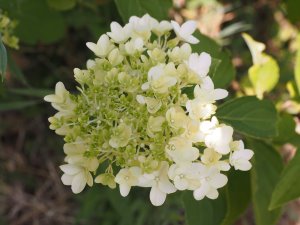
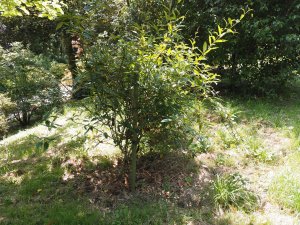
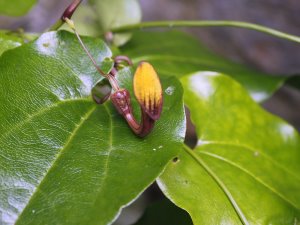
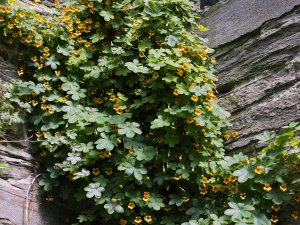
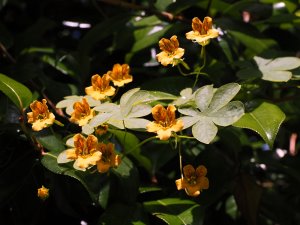
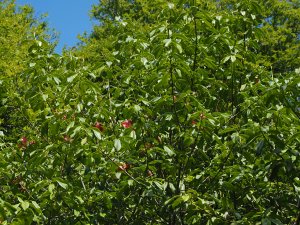
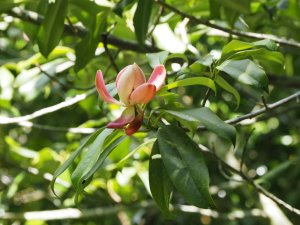
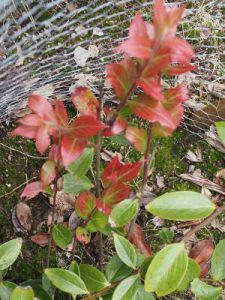
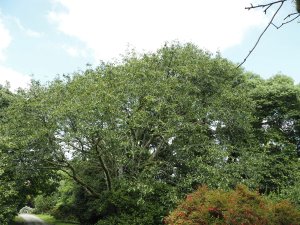
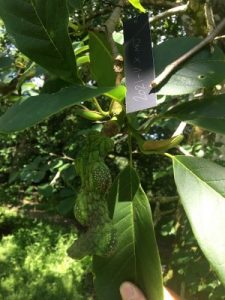
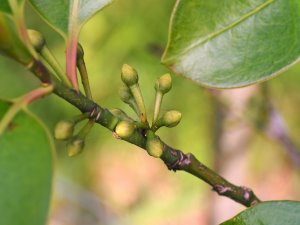
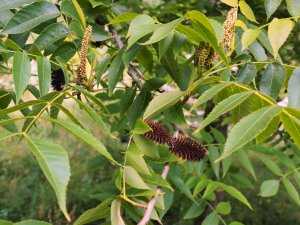
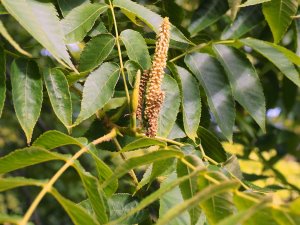
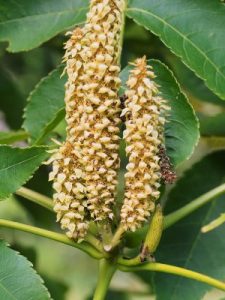
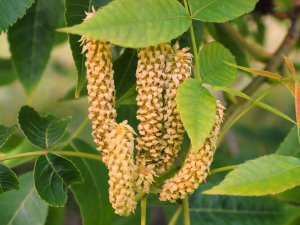
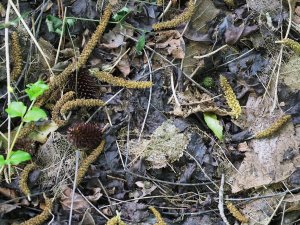
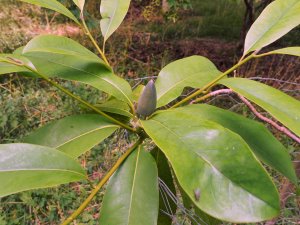
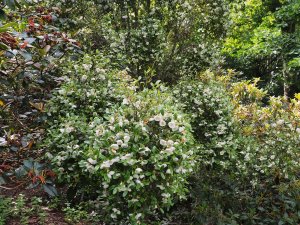
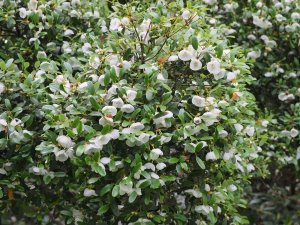
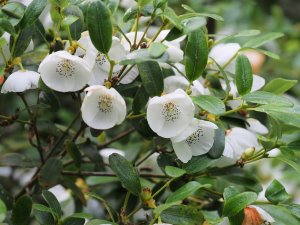
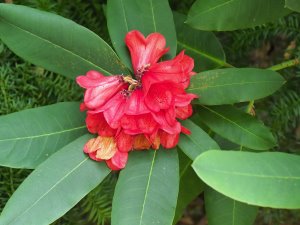
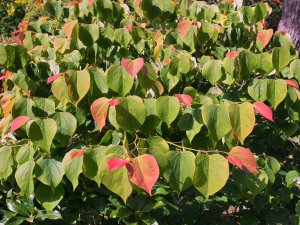
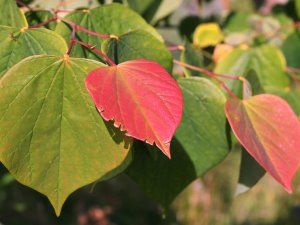
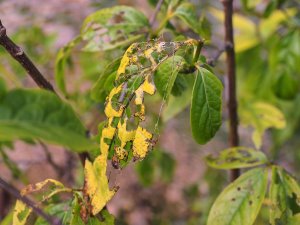
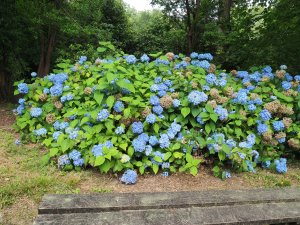
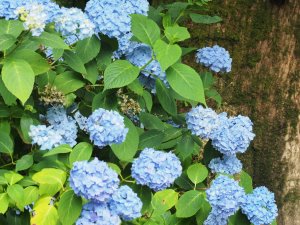
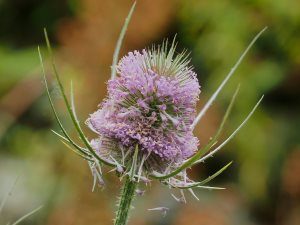
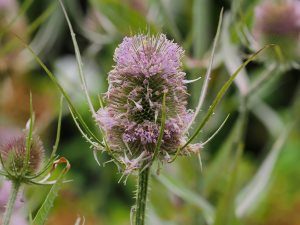
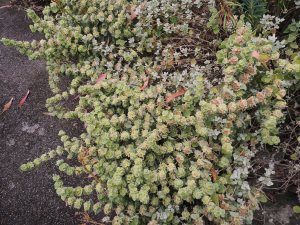
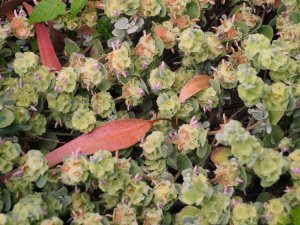
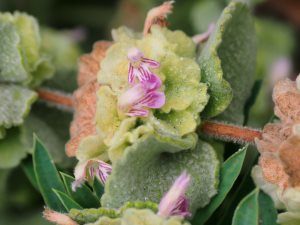
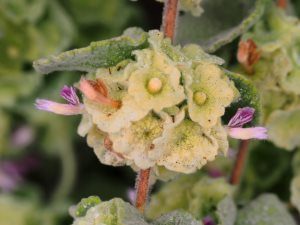
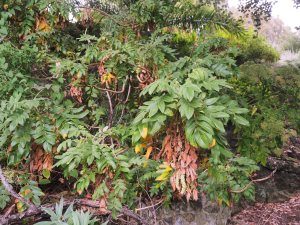
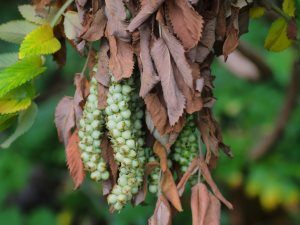
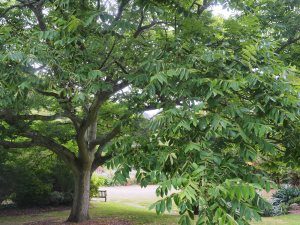
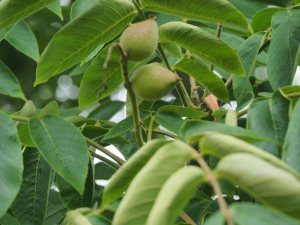
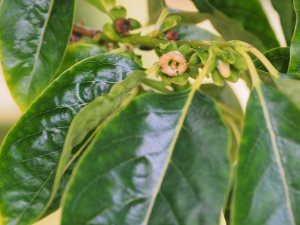
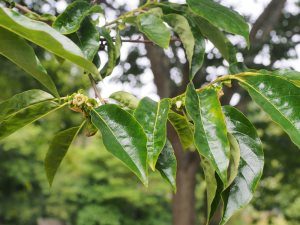
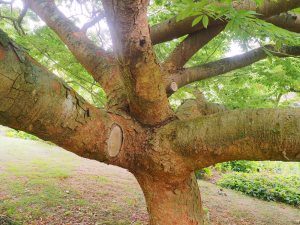
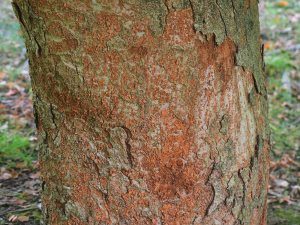
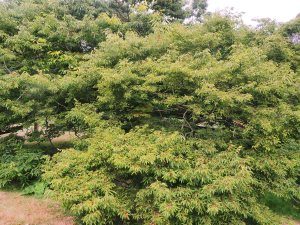
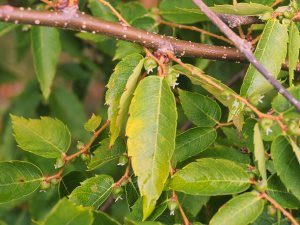
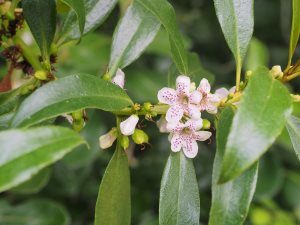
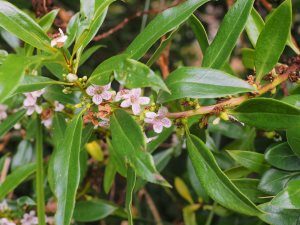
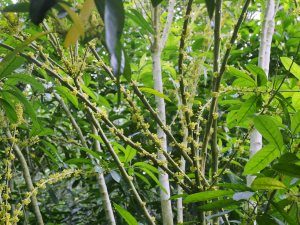
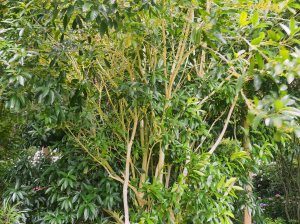
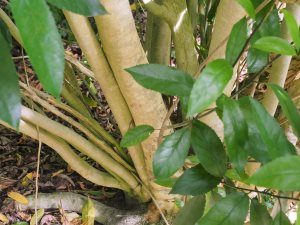
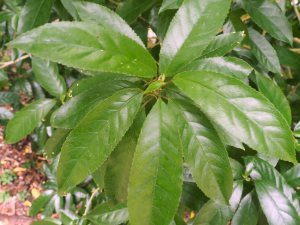
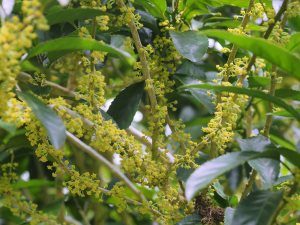
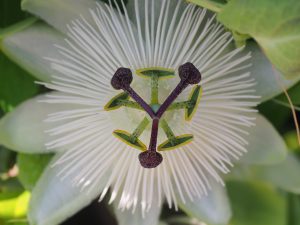
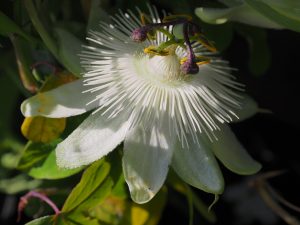
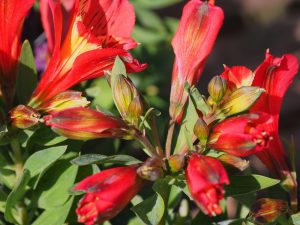
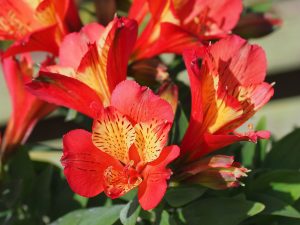
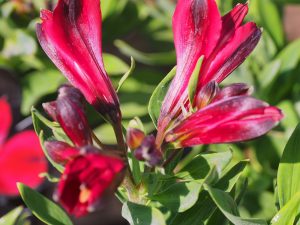
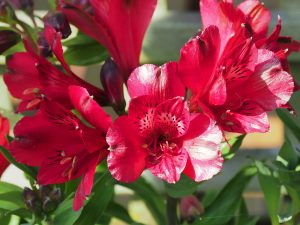
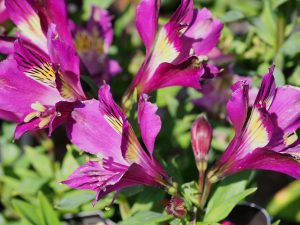
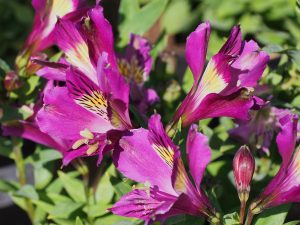
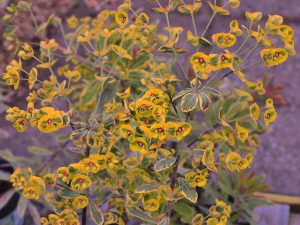
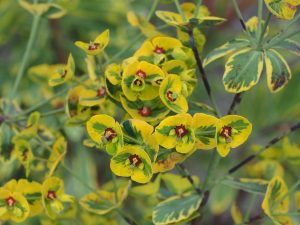
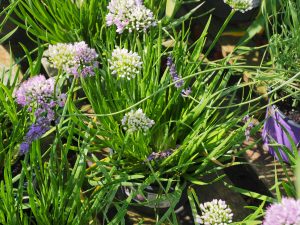
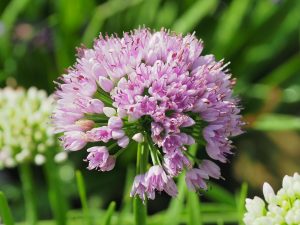
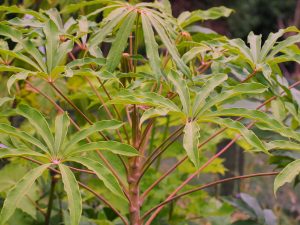
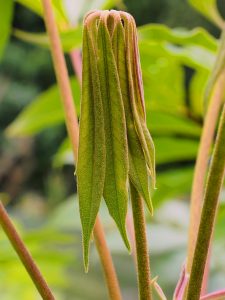
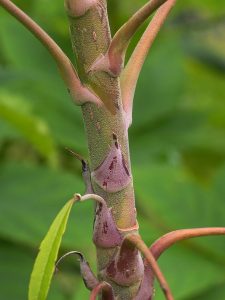
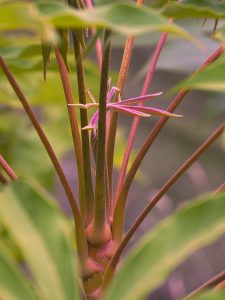
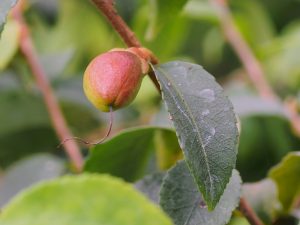
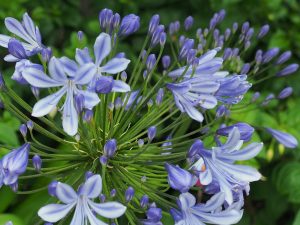
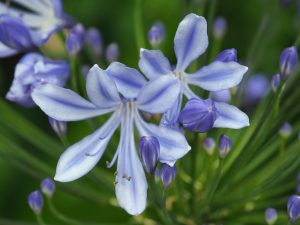
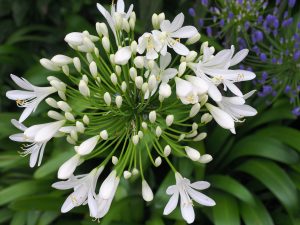
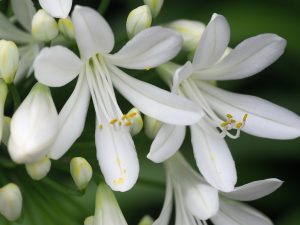
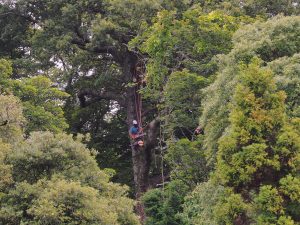
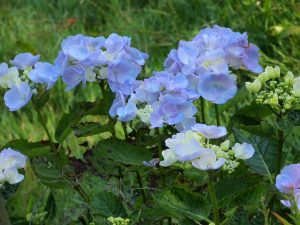
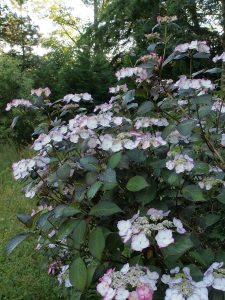
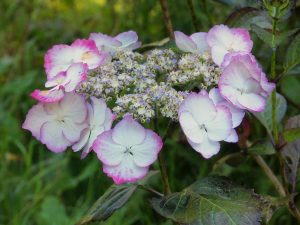
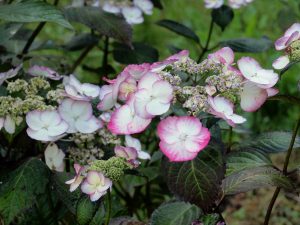
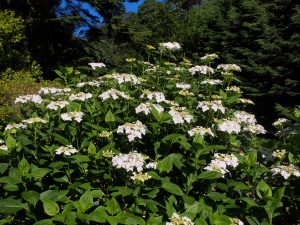
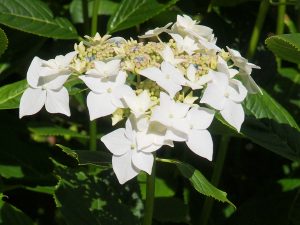
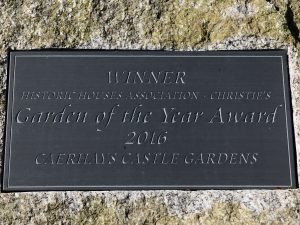
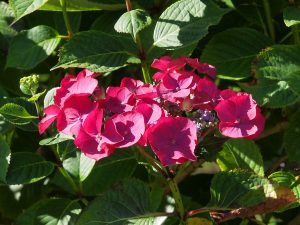
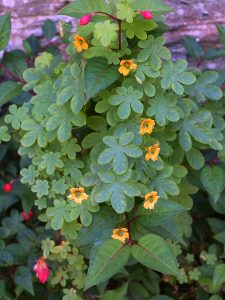
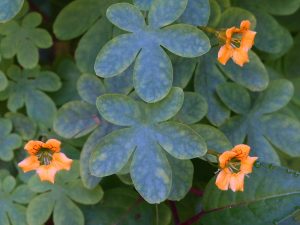
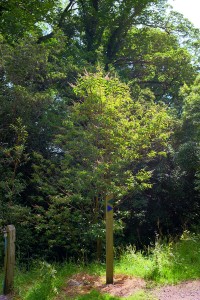
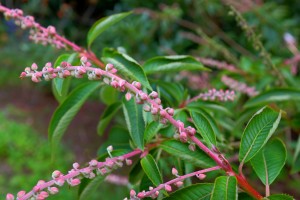
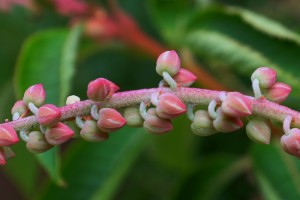
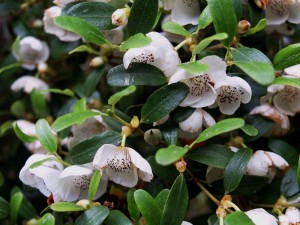
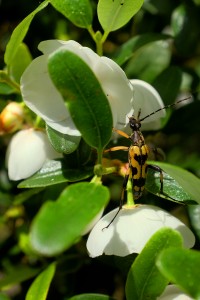
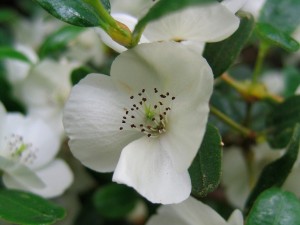
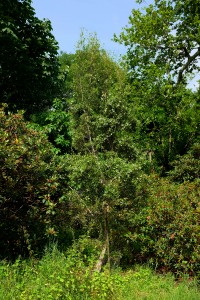
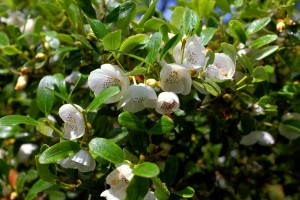
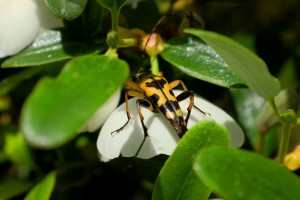
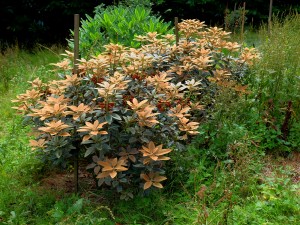
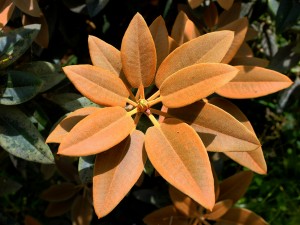
The flower buds of the mislabelled Michelia compressa look a bit like those of Cleyera japonica or similar?